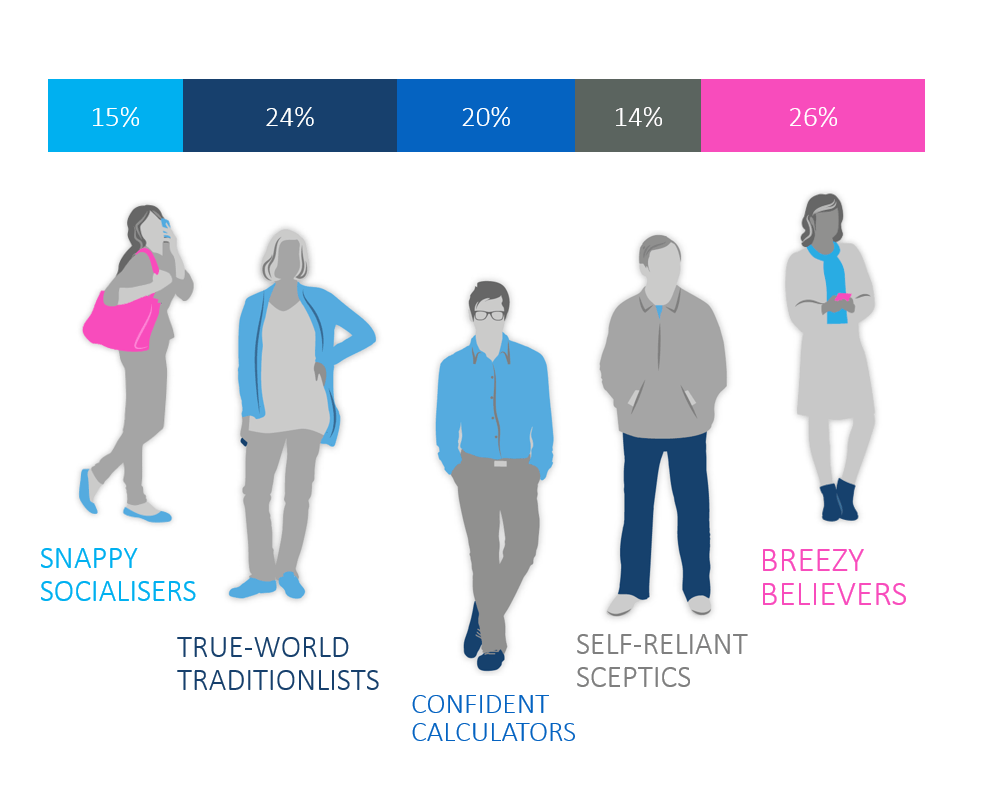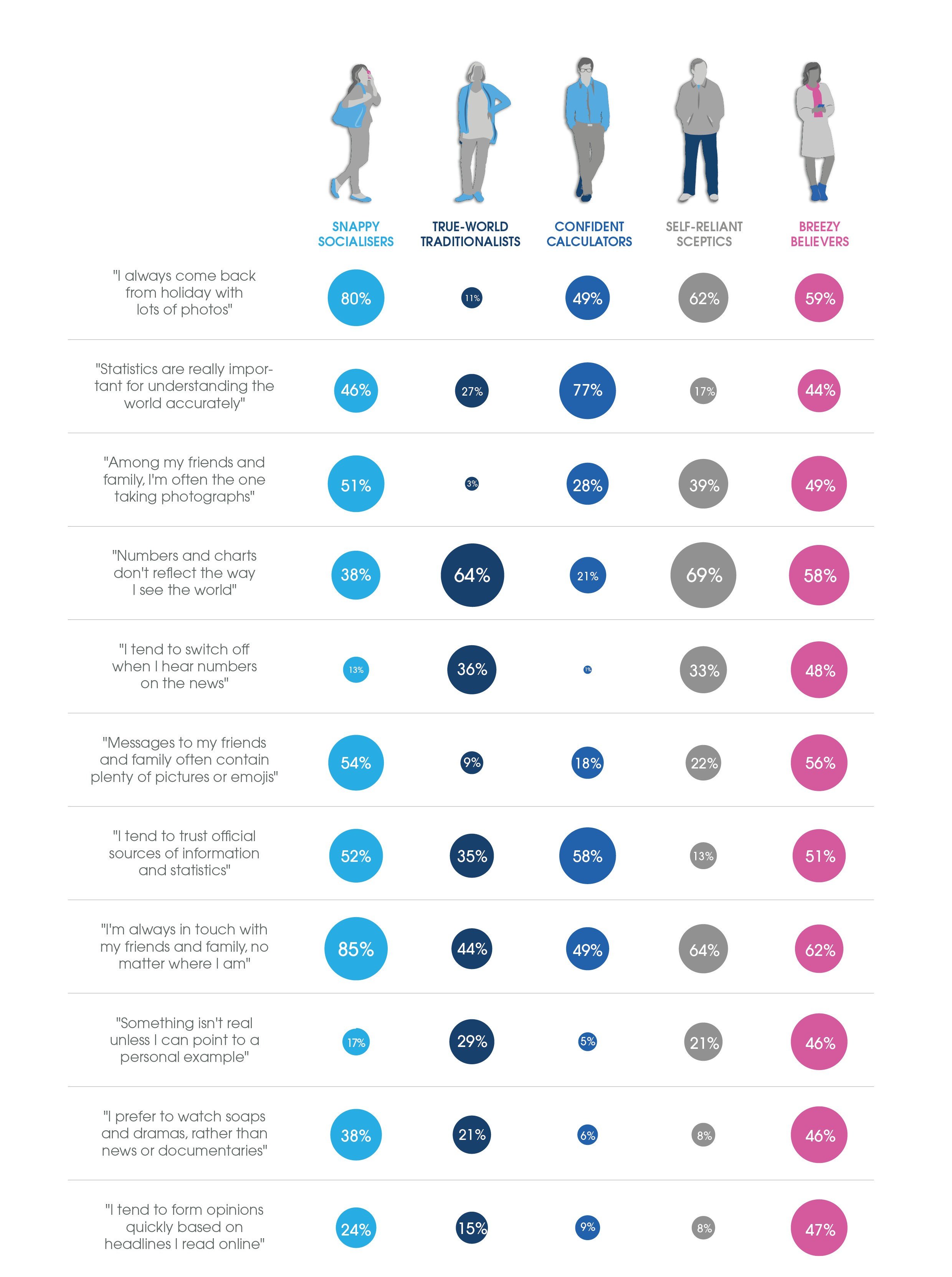How five tribes are changing the face of communication
It is almost a clichÈ to say that the communication is changing at an unprecedented rate.
New technologies and trends have combined to form a heady cyclone: the death of old methods, the proliferation of channels, the explosions of social media, the ever-shortening shelf life of popular culture.
But look past the BIG NUMBERS, and the true consequences of this shift in communication are more amorphous and trickier to understand.
We can sometimes glimpse them in a certain trend, from restaurants popping up around the world on the popularity of a genre of Instagram post, to phrases that go from niche slang to international buzzwords in a matter of weeks.
Society is changing and being changed, but what does that mean in practice?
The past couple of years have demonstrated that, far from bringing us together in a common language, increased means of communication could be having the opposite effect. Things that many consider to be authoritative, attention-grabbing or engaging are seen by others to be untrustworthy, bland or uninspiring.
Public views on the reliability of statistics range from near-evangelical faith to an all-encompassing cynicism, with important consequences for political and social debates.
While numbers hold no influence for many, the story and shocking images of a single child can sway some of the most hardened attitudes.
Are those whose mistrust in experts excited a storm during the EU referendum part of a small vocal minority, or is it the experts themselves who are embattled by increasingly sceptical public opinion?
Millions are now thinking about how they present themselves and their lives in images and videos using platforms like YouTube, Instagram and Snapchat. Meanwhile, millions more couldn?t think of anything worse.
For some, social media has enhanced the importance of friends and family in providing news, information and advice, while for others it has liberated them from the narrow range of opinions they encounter in real life.
The fact that we can now choose more different ways to talk to one another is highlighting that many of us are opting for ways that mean we won?t have to.
Of course, these differences may always have existed in societies and popular culture. But the fact that these choices are increasingly measurable makes these differences all the more stark.
The way we behave online, from browsing websites to social media sharing, demonstrates just how easily we can swayed by the way information is processed, packaged and designed.
From newspaper publishers to online shops, sites are constantly shifting their content and design to test and optimise how users respond to different forms of communication.
Moreover, the internet has meant we are no longer simply passive consumers of these forms of communication, but active participants in them. Access to cameras, writing tools, social media, the internet, and smartphones, is showing just how different people are when it comes to communication.
Put simply, we are increasingly defined not just by what we say but by how we say it.†This research is about trying, for the first time, not to quantify what people do or what they think, but how they communicate.
Naturally, we couldn?t hope to truly cover such a broad topic in its entirety. But we have designed a study that captures some of these differences, delving in to the key factors that differentiate how different groups receive information and communicate.
We hope this will be interesting in its own right, but also provide genuine practical insights in developing new strategies that take account of the changing environment.
Find out more about the Communications Tribes:
- t
- Snappy Socialisers
- True-World Traditionalists
- Confident Calculators
- Self-reliant Sceptics
- Breezy Believers
t
t
t
t
Read the full report here.†
Find out which tribe you belong to by taking our quiz!





